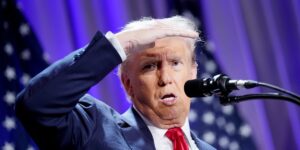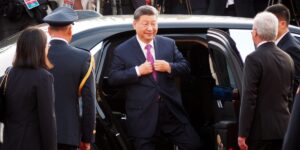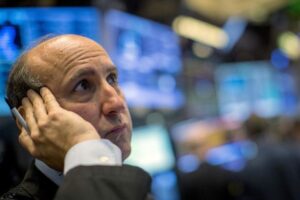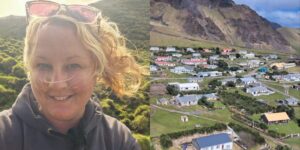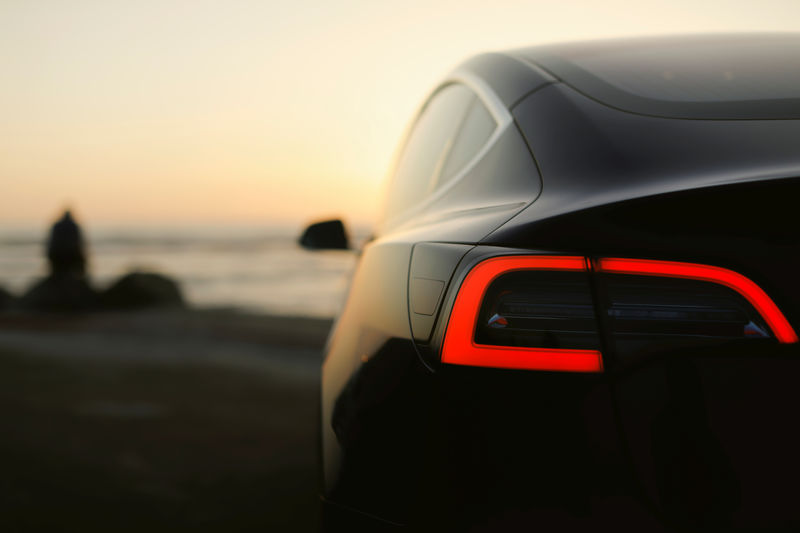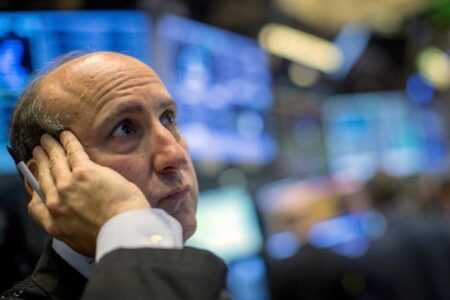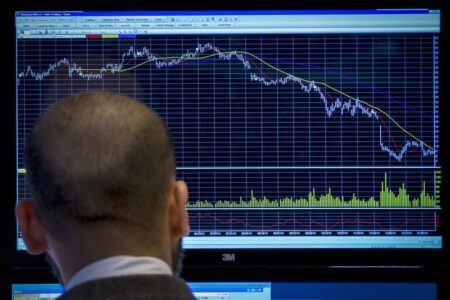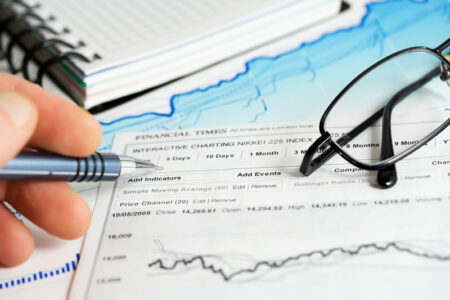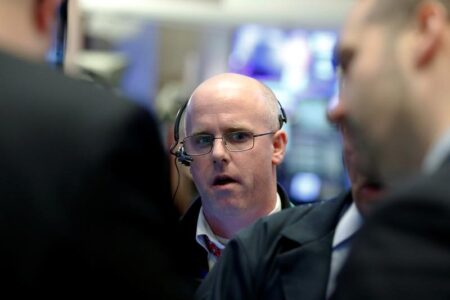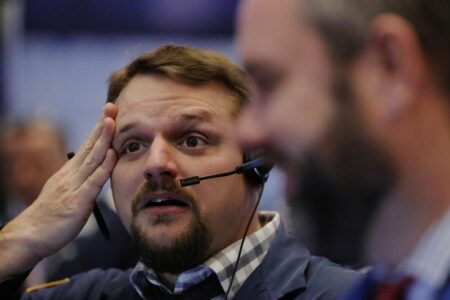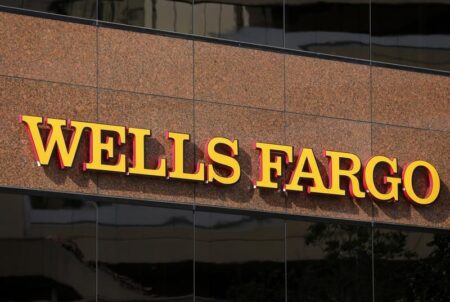By Akash Sriram
(Reuters) -The U.S. auto safety regulator said on Friday it has opened an investigation into Tesla (NASDAQ:)’s Full Self-Driving software after reports of four collisions, including one fatal crash, involving its driver-assistance technology in low-visibility conditions.
The preliminary probe will cover 2.4 million Tesla vehicles, the National Highway Traffic Safety Administration said, accounting for a big share of the electric automaker’s vehicles on U.S. roads.
The latest evaluation could be a hurdle in CEO Elon Musk’s efforts to shift Tesla’s focus to self-driving technology and robotaxis amid competition and weak demand in its auto business.
The safety regulator will assess FSD’s ability to detect and suitably respond to reduced visibility conditions, among other issues, the regulator’s Office of Defects Investigation said.
The company did not immediately respond to a Reuters request for comment. Its shares were marginally down before the bell.
Last week, Musk unveiled Tesla’s two-seater, two-door “Cybercab” robotaxi concept without a steering wheel and pedals that would use cameras and artificial intelligence to help navigate roads.
Tesla’s FSD technology has been in development for years and aims for high automation, where its vehicle can handle most driving tasks without human intervention.
But it has faced legal scrutiny with at least two fatal accidents involving the technology.
Tesla’s “camera-only” approach to partially and fully autonomous driving systems, some industry experts have said, could cause issues in low-visibility conditions as the vehicles do not have a set of back-up sensors.
“Weather conditions can impact the camera’s ability to see things and I think the regulatory environment will certainly weigh in on this,” said Jeff Schuster, vice president at GlobalData.
“That could be one of the major roadblocks in what I would call a near-term launch of this technology and these products.”
Tesla’s rivals that operate robotaxis rely on expensive sensors such as lidar and radar to detect driving environments.
The company had in December recalled more than 2 million vehicles in the U.S. to install new safeguards in its Autopilot advanced driver-assistance system, after a federal safety regulator cited safety concerns.
The NHTSA said in April it was probing whether that recall and the new safeguards were adequate.
Earlier this month, a Tesla vehicle carrying a passenger for Uber (NYSE:) rammed into the side of an SUV in suburban Las Vegas, but the accident was not part of the reported cases now under investigation by the regulator.
Read the full article here


